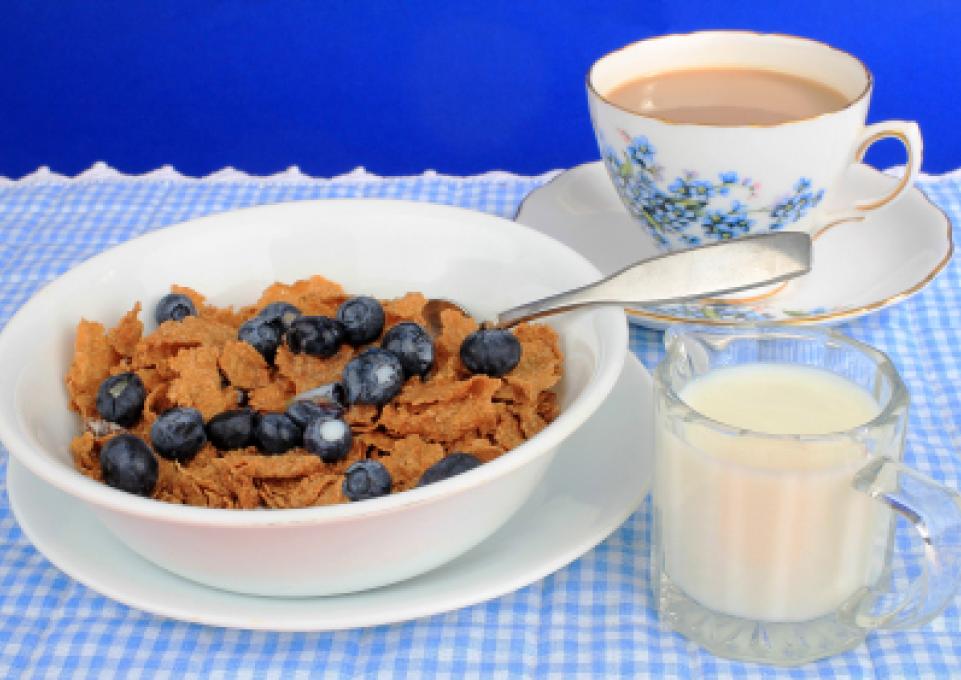
What could be more ordinary than a bowl of raisin bran, a glass of orange juice, and a cup of coffee with cream and sugar?
“It might seem ordinary,” said Bridget Chesterton, assistant professor of history and social studies education, “but it’s really the result of five centuries of global trading.”
Oranges have been carried around the world from Southeast Asia, where citrus fruits originated. Coffee, first grown in Ethiopia, spread to Europe by way of the Ottoman Empire. Coffee is among what Chesterton classifies as “food drugs”—foods that are addictive. Other food drugs include tea, chocolate, and, most importantly, sugar. “I would argue that sugar is the most important food drug in human history,” said Chesterton, “because it was the driving force in the largest forced migration in human history, the African slave trade to Latin America and the Caribbean.”
Even the milk in a bowl of cereal has a story behind it. “Only a few groups of people—northern Europeans and some groups from Africa—can digest milk easily,” said Chesterton. “Most adult humans are lactose-intolerant.”
Today’s raisin bran, originally Post’s Bran Flakes, was the brainchild of C. W. Post, and its invention resulted from that gentleman’s lifelong ill health. After his second nervous breakdown, he visited a health spa run by the Kellogg brothers, where he was introduced to the idea of cereal for breakfast. “He was a constipate,” explained Chesterton, “which explains why he moved beyond flakes to bran.” During Post’s lifetime (1854–1914), a popular belief held that food that stayed in the stomach too long would spoil, adding to health problems.
Chesterton teaches food and global history, a course that shows how historians use food to understand the human past. “We are making an effort in the History and Social Studies Education Department to give students a global perspective,” she said.
Her knowledge of food and its role in human history is only a small part of Chesterton’s scholarship. Her primary research focus is on Latin America, especially the southern cone countries of Argentina, Chile, Paraguay, and Uruguay. Chesterton, who spent part of her childhood in Argentina, is presently exploring the rise of the Argentinean middle class through the work of Doña Patrona. “The easiest way to describe her,” said Chesterton, “is to explain that she was the Julia Child of Argentina.” Patrona’s cookbooks—which remain bestsellers in Argentina—changed the way people in that country prepare meals.
“Doña Patrona introduced different foods to the growing middle class during the early and middle twentieth century,” said Chesterton. “She had a popular television show, and she showed people how to use the new appliances. She also helped to introduce Argentines to industrialized foods, like bouillon cubes.”
Anyone interested in the history of food might be interested in the books Chesterton uses in her HIS 418 class: Near a Thousand Tables: A History of Food, by Felipe Fernández-Armesto;Black Rice, by Judith Carney; Out of the East, by Paul Freedman; and Cod, by Mark Kurlansky.
